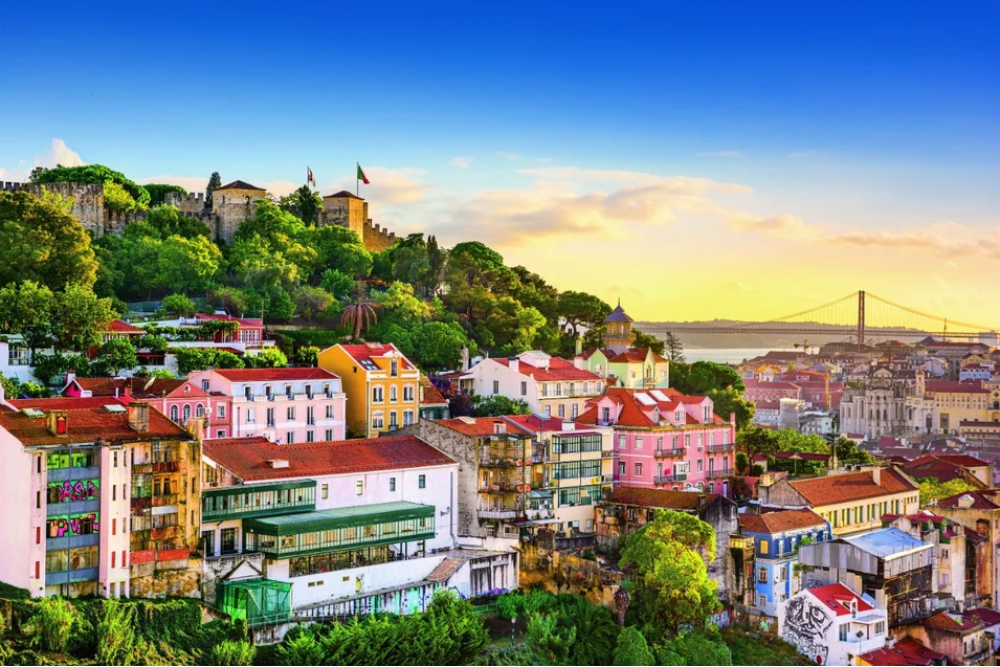Introduction
Lisbon, the capital of Portugal, is a lively city known for its rich history, staggering engineering, and delightful waterfront sees. The city is portrayed by its bright structures, cobblestone roads, and notable milestones, for example, the Belém Pinnacle, Jerónimos Religious community, and the memorable Alfama area. Lisbon likewise flaunts an enthusiastic expressions scene, great fish, and is popular for its cable cars, especially the yellow cable car 28, which offers a panoramic detour through the city’s slopes. The city consolidates customary fascinate with a cutting edge vibe, offering an ideal mix of old and new.
Tram 28 Ride through Alfama and Baixa Districts 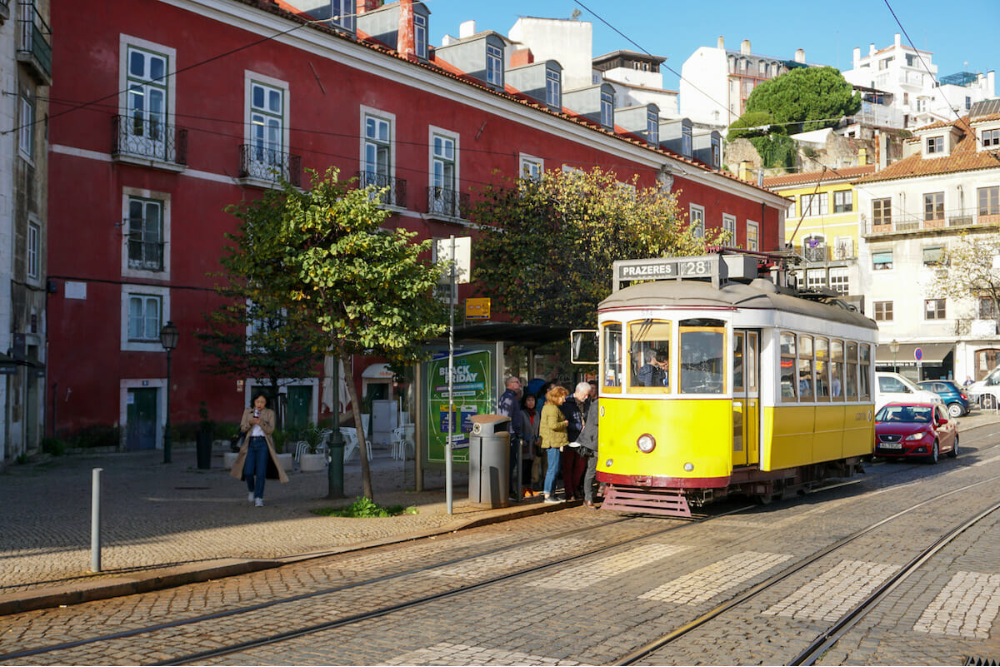
• An exemplary experience in Lisbon is riding the notable yellow Cable car 28. This notable cable car takes travelers on a picturesque excursion through the city’s most popular areas, including the tight roads of Alfama and the Baixa region. The cable car ride offers an invigorating method for encountering Lisbon’s lofty slopes and twisting rear entryways while appreciating all-encompassing perspectives on the city. The cable car’s ringer, blended in with the old-world appeal of the roads, makes this ride an undertaking in itself.
Climbing at Parque das Nacoes

• For experience aficionados, moving in Parque das Nacoes gives a thrilling encounter. This cutting edge park, situated along the riverfront, offers outside exercises like climbing walls and sports offices. Guests can test their solidarity and spryness on different climbing walls, with shocking perspectives on the Tagus Stream. The region likewise has picturesque strolling and cycling ways for those hoping to add a touch of experience to their investigation of Lisbon.
Kayaking or Stand-Up Paddleboarding on the Tagus River

• Investigating the Tagus Waterway by kayak or stand-up paddleboard offers an exhilarating method for encountering Lisbon’s waterfront. Rowing along the waterway allows travelers the opportunity to understand the city according to with an improved point of view, with famous milestones like the 25 de Abril Extension, the Christ the Ruler sculpture, and the Belem Pinnacle somewhere far off. The quiet waters of the Tagus are ideally suited for the two fledglings and experienced paddlers.
Trekking through Sintra’s Hills
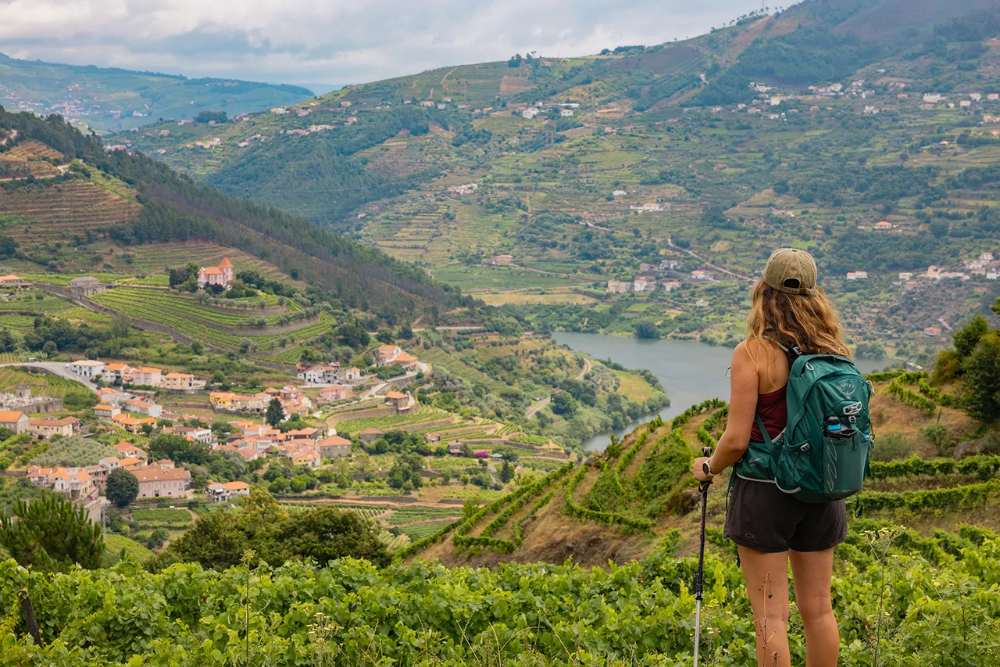
• A brief excursion from Lisbon, Sintra offers an alternate sort of experience with its lavish green slopes, palaces, and castles. Climb up to the Pena Castle, quite possibly of Portugal’s most well-known milestone, and partake in the shocking perspectives on the encompassing open country. The paths in Sintra’s Public Park offer a blend of moderate to testing journey that take you through charming woods, along bluffs, and past old vestiges, making it an unquestionable necessity for nature sweethearts and swashbucklers.
Belem Tower (Torre de Belem)

• The Belem Pinnacle is perhaps of Lisbon’s most notorious milestone and an UNESCO World Legacy site. This post, worked in the mid sixteenth hundred years, was initially intended to monitor the entry to the city’s harbor. Guests can investigate its different levels, move to the top for heavenly perspectives, and find out about Lisbon’s sea history. The close by Landmark to the Revelations and the Jeronimos Religious community are likewise should sees, mirroring Lisbon’s Period of Disclosure.
Alfama District
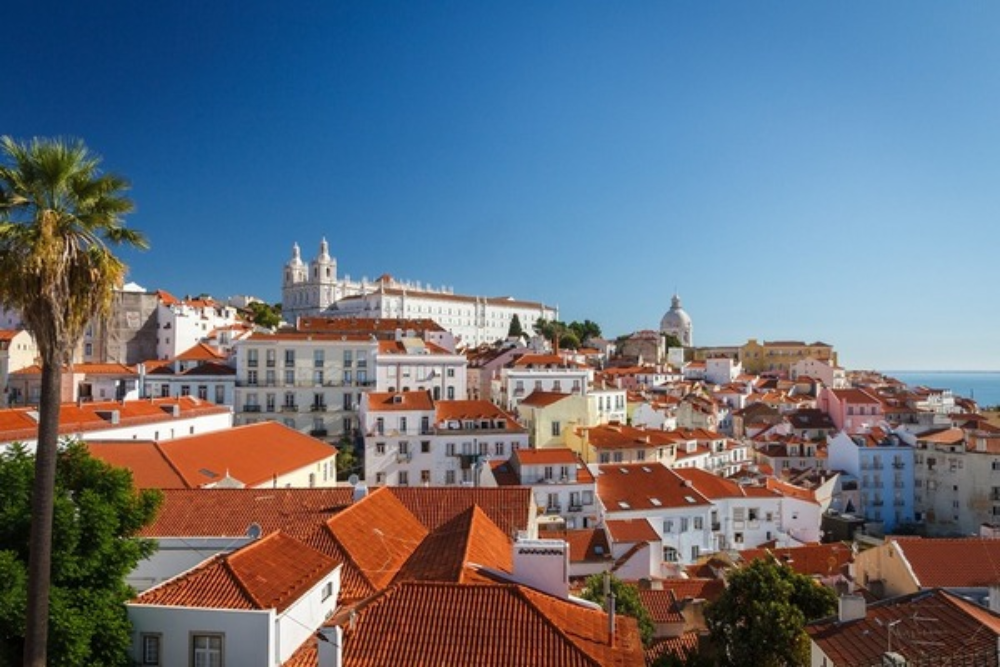
• Alfama, the most established area in Lisbon, is a maze of tight, winding roads, steep slopes, and beautiful structures. This architecturally significant area is the core of customary Lisbon, where sightseers can investigate antiquated Moorish engineering, visit curious bistros, and experience Fado music. The perspectives from the Miradouro de St Nick Luzia and the São Jorge Palace are remarkable.
Sao Jorge Castle (Castelo de Sao Jorge)
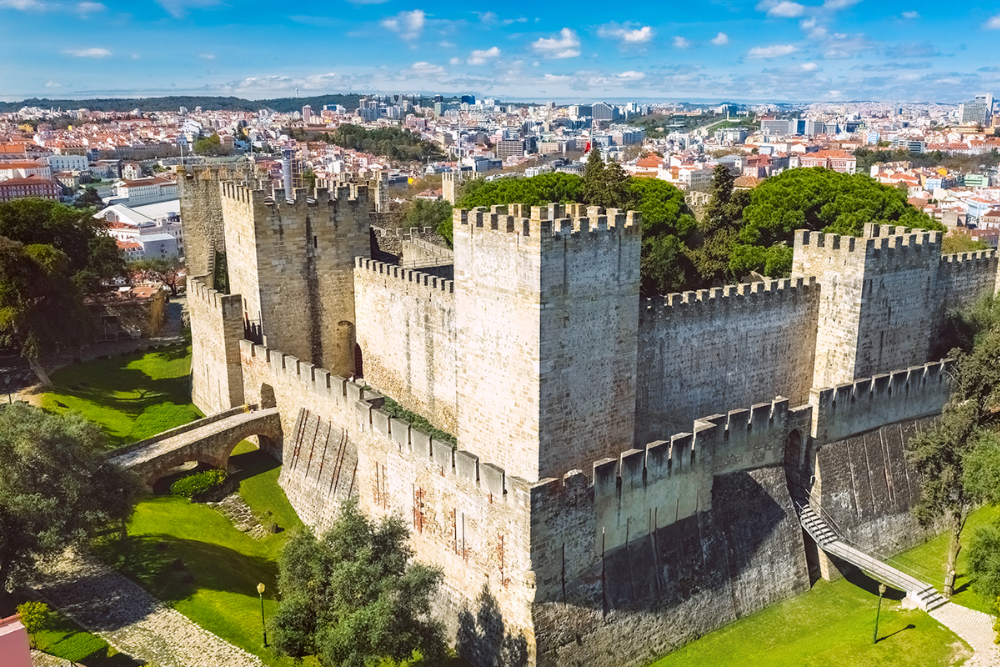
• Roosted on a ridge, Sao Jorge Palace offers one of the most mind-blowing all-encompassing perspectives on Lisbon. This middle age post traces all the way back to the Moorish time frame and gives a captivating look into the city’s past. Guests can investigate the palace’s pinnacles, walls, and patios, while finding out about Lisbon’s set of experiences and military legacy. The site additionally has lovely nurseries to loosen up in subsequent to investigating.
LX Factory

• For a cutting edge difference to Lisbon’s verifiable locales, the LX Processing plant is a previous modern complex changed into a social and imaginative center point. Situated along the Tagus Stream, this popular region is home to craftsmanship displays, cafés, bars, stores, and road workmanship. It’s an incredible spot to go through a day finding Lisbon’s contemporary culture, whether you’re searching for extraordinary trinkets, getting a charge out of innovative food, or going to occasions and unrecorded music.
Dos and Don’ts in Lisbon
Dos:
1. Do Try the Local Cuisine: Lisbon is well known for its fish, especially bacalhau (salted cod) and pastéis de nata (custard tarts). Try not to pass up partaking in these famous dishes at nearby bistros and eateries. Investigating the nearby food scene is an unquestionable necessity!
2. Do Use Public Transportation: Lisbon’s public transportation framework is productive and simple to utilize, including cable cars, transports, and metro. The renowned Cable car 28 is an extraordinary method for seeing the city’s sights. Buy a Lisboa Card for limitless travel and limits on attractions.
3. Do Walk Around and Explore: Lisbon’s noteworthy locale, as Alfama and Bairro Alto, are best investigated by walking. Meandering through the restricted roads, finding unlikely treasures, and respecting the brilliant structures will give you a genuine vibe for the city’s appeal.
Don’ts:
1. Don’t Expect a Fast-Paced Lifestyle: Portuguese culture will in general be more loose and easygoing, so don’t anticipate quick help or fast paced associations. Be patient and partake in the more slow speed of life, particularly while feasting or holding up in line.
2. Don’t Tip Too Generously: While tipping is valued, it isn’t quite so standard or expected as in a few different nations. In cafés, leaving a tip of around 5-10% is adequate on the off chance that you were happy with the help. Cab drivers and lodging staff likewise value little tips, yet entirely it’s not obligatory.
3. Don’t Speak Loudly: Portugal has a calmer, more held method of correspondence. Talking uproariously or being excessively vivified out in the open may be viewed as impolite or troublesome, so attempt to change your tone when in broad daylight spaces.
Best time to reach in Lisbon
1. Spring (Walk to May)
• The weather conditions is gentle and charming, with temperatures going from 15°C to 22°C (59°F to 72°F). It’s an extraordinary chance to investigate the city without the intensity of summer.
• Spring sees less travelers contrasted with the mid year months, so you can partake in the attractions and roads without the enormous groups.
• Lisbon has an energetic celebration schedule, and in spring, you can appreciate comprehensive developments, including the Festas de Lisboa (which starts in May) and other nearby festivals.
2. Fall (September to November)
• Fall offers gentle to warm temperatures, as a rule somewhere in the range of 18°C and 25°C (64°F to 77°F). The weather conditions is as yet ideal for touring, and the ocean stays warm enough for exercises like swimming and boat visits.
• After the mid year rush, the city turns out to be less packed, making it more straightforward to investigate Lisbon’s milestones, cafés, and attractions.
• Fall additionally brings occasions like Lisbon’s Design Week and the Lisboa Soa (Lisbon Sounds) live concert, offering remarkable social encounters.



